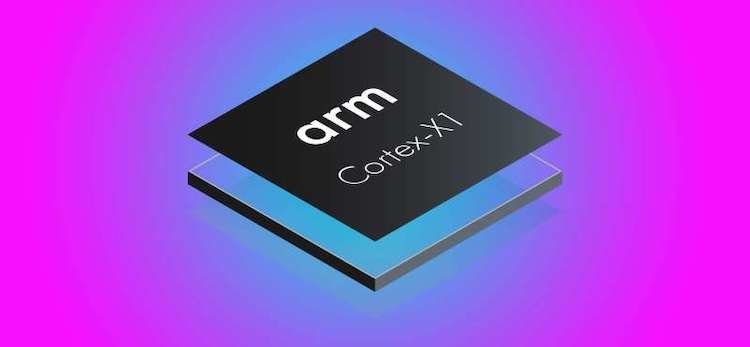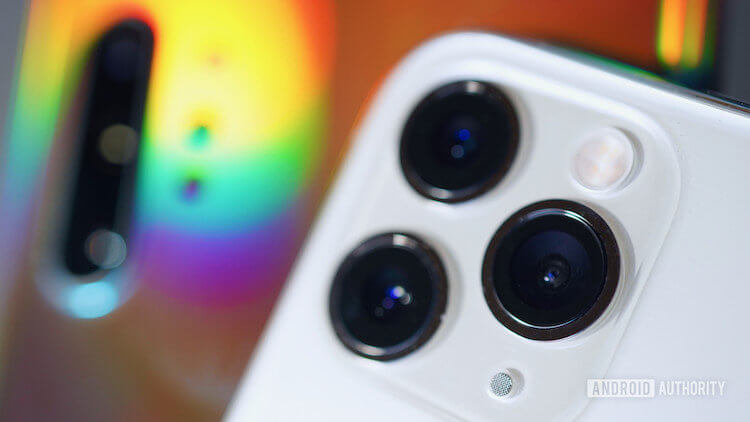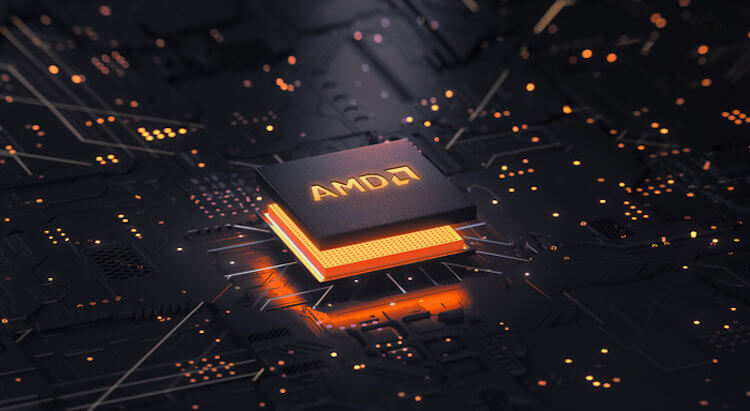Recently, many have begun to forget that the processor is at the heart of all the performance of a smartphone. This is due to the fact that the power reserve is already enough for almost everyone and few people want to spend a lot of time on presentations. It's much easier to tell what a wonderful camera you have and make the audience think about how they lived without it at all. However, there are those who really care about how the processor works in their smartphones. That is why, deep in their laboratories, companies continue to engage in research and development in this area. Only, this has not led to serious competition for a long time. It looks like times have changed and something interesting is coming soon.

Coming soon …
Modern processors for phones
Most modern processors use basically the same solutions. I'm talking about Arm cores. Although, someone is trying to do something of their own, but still, as a rule, there are almost no differences. Therefore, what kind of rivalry can we talk about if almost all flagships do not just use the same processor architecture, but generally just buy the same chips from Qualcomm and that's it?
Only Apple goes a little to the side, continuing to focus on their own vision of the processor each time. As a result, it is Android more productive than its competitors almost every year. Recent comparisons prove that it doesn't even depend on the cost of the device.
What will be the new mobile processors
Once upon a time the changes should have been ripe and now their time has come. The changes will be associated with the emergence of a powerful new processor ARM Cortex-X1, created as part of the CXC program. Let me remind you that this processor deviates a little from the classic ARM representation. As planned, the new processor should have very good characteristics and it should impose serious competition on solutions from Apple.

Modern smartphones often differ only in the camera.
The most interesting thing is that the program for the development of a new type of processor implies cooperation only with some device manufacturers. This will lead to the fact that those who do not enter this elite club will not get the opportunity to use the latest development.
Previously, through the Build on Arm Cortex program, manufacturers were already able to make the necessary changes to processors with the Cortex-A architecture. Now smartphone makers will be able to influence even more what the processor will ultimately be. ARM will be responsible for the core of the chip, which will provide customization capabilities. She will be responsible for processor software support and marketing.
Who will receive the new Cortex-X1 processors
Participants in the program will be able to essentially make those processors that they need, while the rest will be content with what is from the standard options. Many would like to work on such privileged conditions, but they should have done it earlier. For example, there is a feeling that Samsung revised its chip production program for a reason. Most likely, the new program is simply much more profitable for the Korean company.
However, there is one particularly stringent condition associated with the CXC program. Only partners who have been investors since the beginning of this year's program benefit from the final product. Several partners can be in the program at the same time and thus have access to common technology. However, if a company hasn't contributed to the project from the start, it cannot buy the Cortex-X1 right away.

New generation of Qualcomm processors can be powered by Cortex-X1 or Cortex A78 cores
It is difficult to say yet who really joined the new program, but most likely Qualcomm and Samsung are among them. Whether it is possible to speak in this situation about Huawei and MediaTek is not yet clear. One thing is certain – as a result, those who participate in the program will be able to get processors that will be 20% more powerful than competitors who did not invest in CXC already in 2021.
Where else ARM Cortex-X1 cores can be used
Smartphones are good, but the plans for the CXC program are far more global. These include the creation of chips for use in computers running Windows. Who knows, maybe Apple will even release a new MacBook with this processor.

If the Cortex-X1 is to be used in laptops, AMD and Intel will have a hard time.
Some laptop processors have evolved quite well. For example, Snapdragon 8cx turned out to be very good, but they were still inferior to chipsets from Intel and AMD. It is possible that a lot may change in the near future, and new chips will be the mainstay of many computers. The same Intel already has enough problems, and then a new competitor is coming.
Returning to smartphones, it should be noted that performance is now enough for them and its next leap is not necessary. But he is not so only at the moment. It will not work endlessly to grind out the old approach, and it is necessary to offer something new. Moreover, it is necessary to somehow reduce the gap from Apple. And we will finally get a situation in which different manufacturers of smartphones will really be different and they will have a different processor, and not a set of typical microcircuits covered with similar cases and software shells.
It should be noted that now many manufacturers of top-end smartphones, on the contrary, refuse in favor of less productive, but also less expensive chipsets, among the simplest examples are LG Velvet and Google Pixel 5. The latter, however, will be released only fall, but few doubt that it will also work on Snapdragon 76 5G and will bypass the 865th.
All this will lead to the fact that in the near future a lot of interesting things await us, about which we can talk in our Telegram chat and just watch the competition in the market. It's so interesting.
